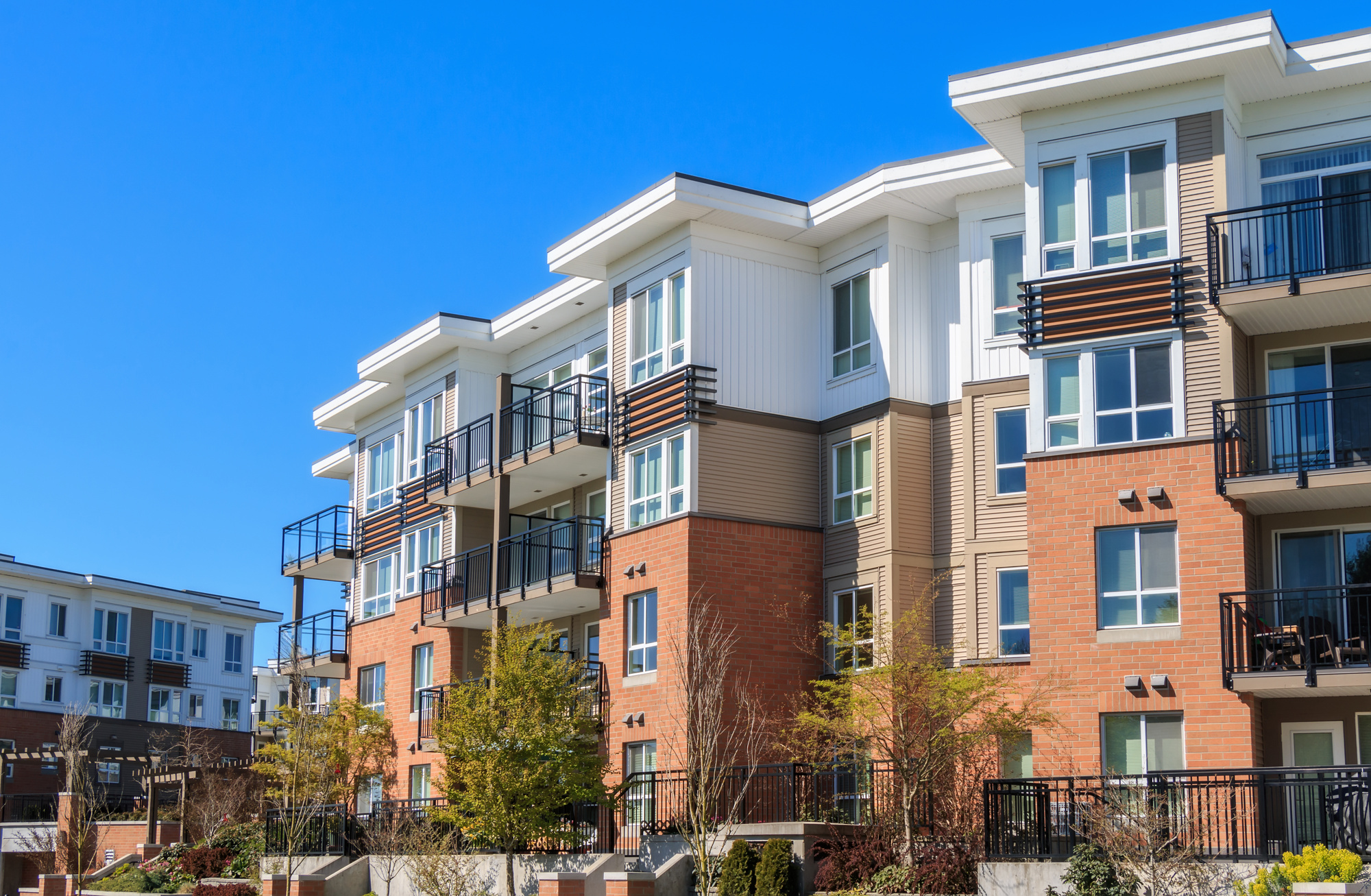Responsible building practices are key to ensuring a sustainable future. Architects, Real estate and Construction Industries have a responsibility to reduce their environmental impact. It is time for energy-efficient homes as much as possible. Building a new home can be an exciting experience, but it’s important to remember that we all have a role to play in preserving our planet. Let’s take a look at some green building practices that can help us achieve this goal!
What is a Green Building Practice?
Green building refers to the design and construction of structures with the environment in mind. This includes using processes that are environmentally responsible and resource-efficient throughout a building’s life span, from siting to design, construction, operation, maintenance, renovation, and deconstruction. Green building (also known as green construction or sustainable building:
- Sustainable Site
- Energy Efficiency
- Water efficiency
- Building Materials
- Healthier indoor environment
When contractors adopt strategies to save time and materials, they can improve their profitability while also reducing waste. Many people believe that sustainable buildings are costly in the long run, but with the right approach, these structures can actually be more energy efficient and have a lower overall cost:
- Cost reduction
- Increase in Market value
- Longer lifespan for buildings
- Energy efficiency
- Increase local economy
What are the most important sustainable practices?
1) Take into account the landscape
Understand your land and the possible risks before you begin construction. Anderson Engineering knows how to scope site characterization to lower environmental remediation costs.
Site characterization is an important part of green building, as it helps to identify potential environmental risks before construction begins. By understanding the site and its surroundings, contractors can adopt strategies to reduce or avoid these risks.
2) Good use of the space
The more space you have, the greater amount of energy will be needed to power heating, cooling, and lighting. Here are a few ideas for comfortable and efficient use of space:
- Reduce the use of artificial lighting by making the most of natural daylight.
- Minimize the size of the building as much as you can, every inch counts!
- Make room for gardens, to improve air quality, promote biodiversity, and provide a relaxing and stress-free atmosphere. Green Roofs are trending, helping with cooling temperatures.
This practice goes along with the Tiny House movement, a social movement that promotes a simpler way of living in a smaller space.
3) Use recycled materials
One responsible building practice is to use recycled materials. Recycled materials can often be used in place of new ones, reducing the need for energy-intensive manufacturing processes. This also reduces waste and helps conserve resources. Additionally, recycled materials are often cheaper and more durable than their new counterparts, making them a cost-effective choice.
4) Invest in Insulation
One of the most important aspects of a responsible building is insulation. Proper insulation helps keep a building’s temperature stable, which reduces energy usage and saves money in the long run. It also helps protect against weather-related damage and makes a building more comfortable to live in.
There are two main types of insulation: thermal and acoustic. Thermal insulation prevents heat from escaping a building, while acoustic insulation reduces noise pollution. Thermal insulation is usually made up of materials like fiberglass, foam, or cellulose, while acoustic insulation is typically made from mineral wool or rubber.
5) Use Renewable Energies
If your location is sunny a lot, you could use solar energy to power your home. Solar energy comes from the sun and can be used to heat your home or to create electricity. Solar panels are an effective and environmentally-friendly way to reduce your Energy bill. They can be easily installed on your roof, and any extra power that you generate can be sold back to the electric company.
In addition to solar panels, wind turbines are another renewable energy source that can be used to generate electricity. There are two types of wind turbines: horizontal axis and vertical axis. Horizontal axis turbines are the most common type, and they are typically installed on rooftops. Vertical axis turbines are less common, but they have the advantage of being able to operate in low-wind areas.
6) Adapt to Nature (don’t replace it)
In the past, before international shipping and large-scale deforestation, every building was constructed using materials from its immediate surroundings. This not only cut down on transport fees but also allowed buildings to better harmonize with their natural surroundings.
Studies have shown that living near nature improves your health. If you dream of green building your new home, the location is key. Our New Year destination crush is WINTER COLORADO. Build a house there, and you will find a valuable community here that appreciates explorers and sustainable progress, in addition to maintaining the historical applications and natural resources that create its magnificence.
7) Recycling Facilities
Responsible building operators will encourage recycling initiatives to reduce the amount of waste going to landfills. They provide drop-off centers, residential and commercial dumpster rentals. Experts in both trash removal and waste recycling sort the recyclables out of your waste in an effort to prevent unnecessary dumping.
Responsible building practices are becoming increasingly important as we strive to create a sustainable future. By using recycled materials, engineering solutions, and sustainable building materials, we can reduce our environmental impact on mother earth, both in our community and on a global scale. Structures that are more in harmony with each other will therefore be created. So let’s all work together to build responsible projects, and design structures that coexist with the environment. This will help protect the planet for generations to come!



